When it comes to transporting agricultural products, particularly beans, understanding the capacity of a semi-trailer is essential for farmers, distributors, and logistics professionals alike. Various factors contribute to how many bushels of beans a semi-trailer can hold. In this article, we delve deep into these intricacies, providing not only a clear estimate but also contextualizing this information within agricultural logistics.
The Basics of Bushel Capacity
What is a Bushel?
Before we delve into the specifics, it’s crucial to clarify what a bushel is. A bushel is a unit of measurement used in the agriculture industry, often applied to grains and beans. In the United States, one bushel of beans is equivalent to approximately 60 pounds of soybeans. However, this weight can change based on the moisture content and bean variety.
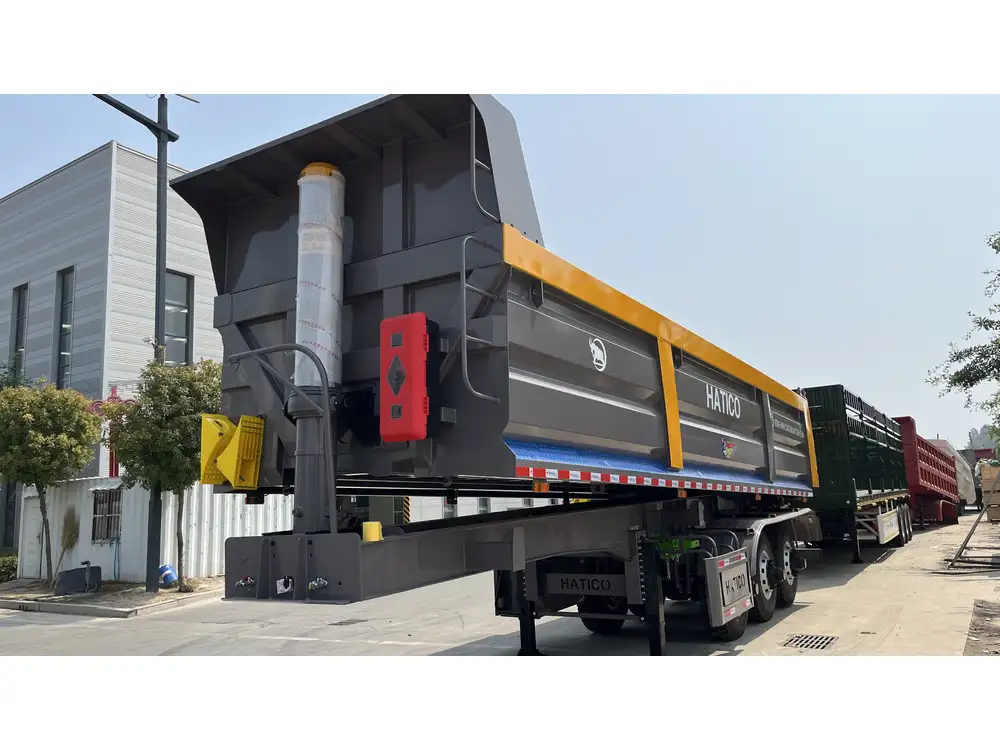
Understanding Semi-Trailer Dimensions
Standard Semi-Trailer Size
Most semi-trailers used for agricultural purposes are standard flatbeds or enclosed trailers with varying dimensions. A common size is 53 feet in length, 8.5 feet in width, and approximately 13.5 feet in height. These trailers may have different volumetric capacities, typically ranging between 3,800 and 4,300 cubic feet.
- Length: 53 feet
- Width: 8.5 feet
- Height: 13.5 feet
Using these dimensions, we can explore the cubic space available in a semi-trailer, which directly correlates to how many bushels of beans it can carry.
Calculating Cubic Feet in a Semi-Trailer
To calculate the cubic feet available in a standard semi-trailer, we can use the formula:
[ \text{Volume} = \text{Length} \times \text{Width} \times \text{Height} ]Applying the standard dimensions:
[ \text{Volume} = 53 \, \text{ft} \times 8.5 \, \text{ft} \times 13.5 \, \text{ft} \approx 6,550 \, \text{cubic feet} ]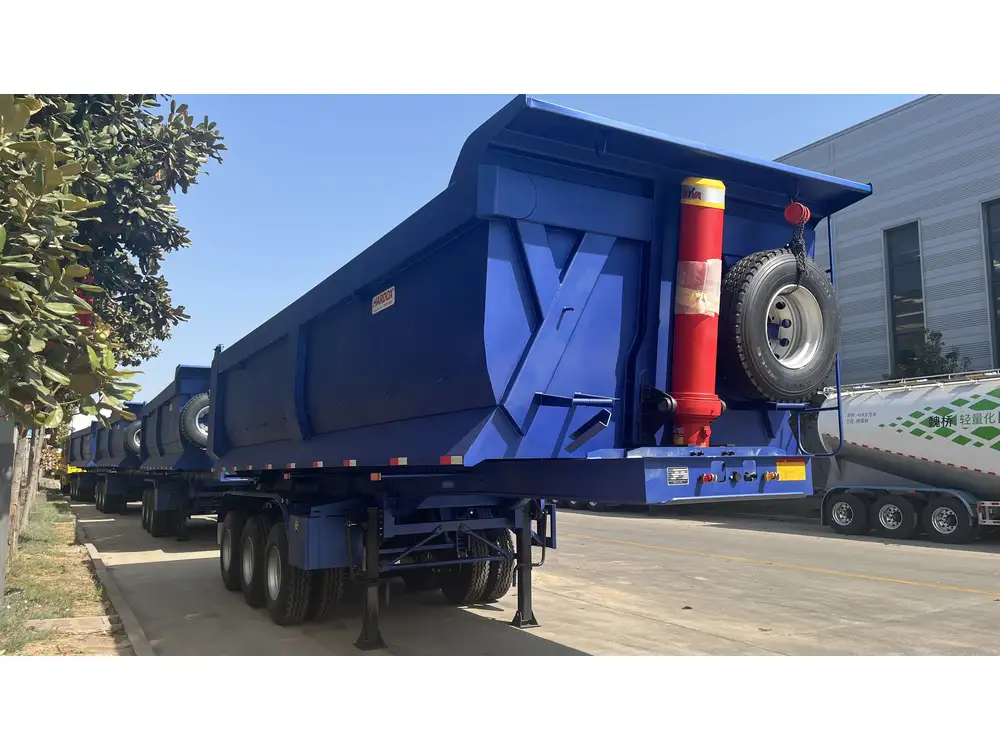
How Many Bushels of Beans Fit in a Semi-Trailer?
Volume of a Bushel of Beans
Since the bushel’s capacity is critical, we must also recognize that a bushel of soybeans takes up approximately 1.244 cubic feet. Using this figure, we can determine how many bushels can fit in the volume of our semi-trailer.
Total Bushel Capacity Calculation
To estimate the total number of bushels that a semi-trailer can hold, we can utilize the following formula:
[ \text{Total Bushels} = \frac{\text{Total Cubic Feet}}{\text{Cubic Feet per Bushel}} ]Using our previous calculations:
[ \text{Total Bushels} = \frac{6,550 \, \text{cubic feet}}{1.244 \, \text{cubic feet/bushel}} \approx 5,267 \, \text{bushels} ]
Summary of Calculation
| Item | Value |
|---|---|
| Length of semi-trailer | 53 ft |
| Width of semi-trailer | 8.5 ft |
| Height of semi-trailer | 13.5 ft |
| Total cubic feet | ~6,550 cubic feet |
| Cubic feet per bushel of beans | 1.244 cubic feet |
| Total bushels of beans approximately | ~5,267 bushels |
Factors Influencing Capacity
Bean Type and Weight
The weight of the beans plays a critical role. Different types of beans—such as black, pinto, or kidney beans—have diverse densities and weights. Drier beans will weigh less than moist ones, thus varying the total capacity in bushels.

Loading Conditions
Efficiently loading beans into a semi-trailer is crucial to maximize capacity. Overfilling can result in spillage, while underfilling can lead to wasted space. Communication with transport operators on the packing method can optimize loads.
Trailer Type
The design of the trailer also influences the amount of beans transported. For example, a hopper trailer designed specifically for bulk loads can accommodate more beans than a flatbed trailer.
Addressing User Queries: What You May Not Consider
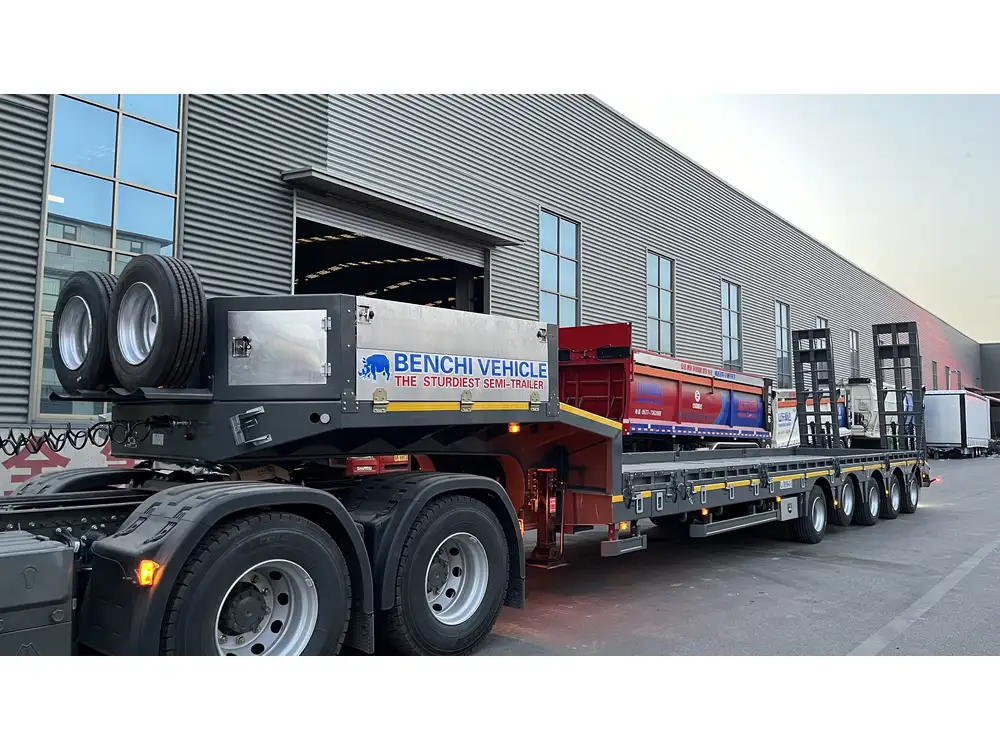
Will Road Conditions Affect Bean Transport?
Absolutely. The condition of roads can impact delivery timelines and the integrity of the beans. Ensuring proper loading and taking care during transit to avoid damaged cargo is vital.
What Happens During Loading?
Loading beans into a trailer typically involves specialized equipment such as augers or conveyor belts that can optimize the speed and efficiency of the loading process. Selecting the right machinery is essential.
How Does Moisture Content Affect Shipping?
Beans vary in moisture content; therefore, understanding the condition of your beans before loading is essential to avoid spoilage. Measures should be taken to ensure beans are within optimal moisture parameters for transportation.
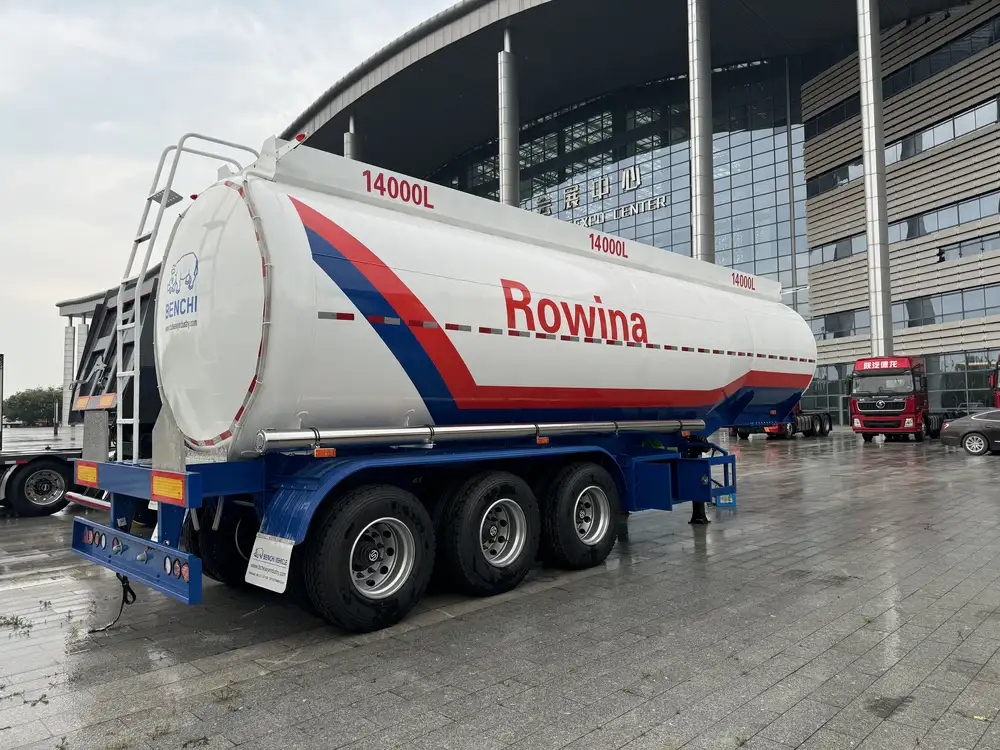
What Are the Legal Limits?
There are regulations regarding weight limits for trucks on highways. Understanding local and federal regulations will help ensure compliance and avoid fines.
Sustainable Practices in Bean Transport
Reducing Carbon Footprint
Farmers and distributors can actively engage in practices that reduce the carbon footprint associated with transporting beans. Utilizing biodiesel, optimizing routes, and ensuring full loads can significantly minimize environmental impacts.
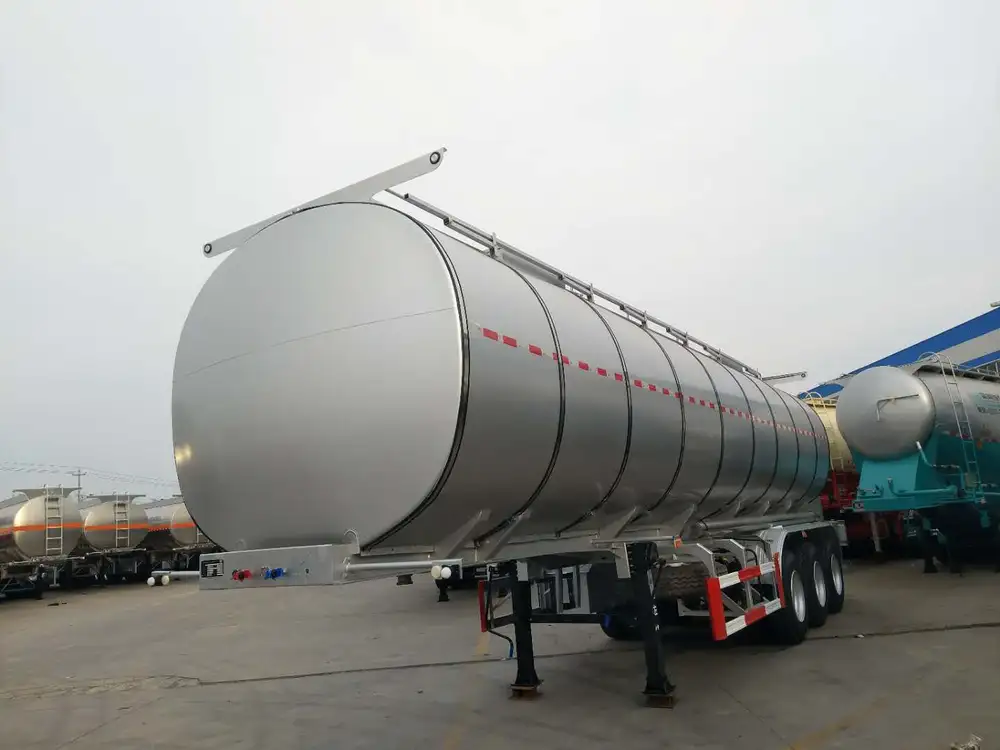
Use of Technology
Implementing technology such as GPS tracking and route optimization software can streamline the transport process. Doing so not only saves time and money but can also enhance customer satisfaction through reliable delivery timelines.
Participating in Co-Operatives
Farmers can join cooperatives to share truckloads, maximizing loads and reducing costs. This collective effort can also lead to stronger bargaining power for transport rates.
Conclusion: Maximizing Your Semi-Trailer Capacity
Understanding how many bushels of beans fit into a semi-trailer is not a singular calculation, but rather a multilayered discussion. By considering factors like bean type, weight, trailer designs, and the loading process, you can optimize the transport of beans effectively and efficiently.
Incorporating sustainable practices not only addresses environmental concerns but also promotes economic efficiency. As the agricultural sector continually evolves, so too must our methods and practices ensure that we remain informed and competitive.
By gaining a comprehensive understanding of the logistics involved in transporting beans, stakeholders across the industry can enhance their operations, ensuring a smoother, more profitable venture into the thriving world of agricultural transport. Each detail, from bushel capacity to moisture content, plays a vital role in achieving operational excellence.
Key Takeaways:
- A standard semi-trailer can hold approximately 5,267 bushels of beans.
- Factors like loading techniques, bean types, and legal requirements greatly influence transport capacity.
- Implementing sustainable practices can enhance efficiency and reduce environmental impacts.
Armed with this knowledge, you can confidently approach transporting beans while maximizing your resources and minimizing challenges.



